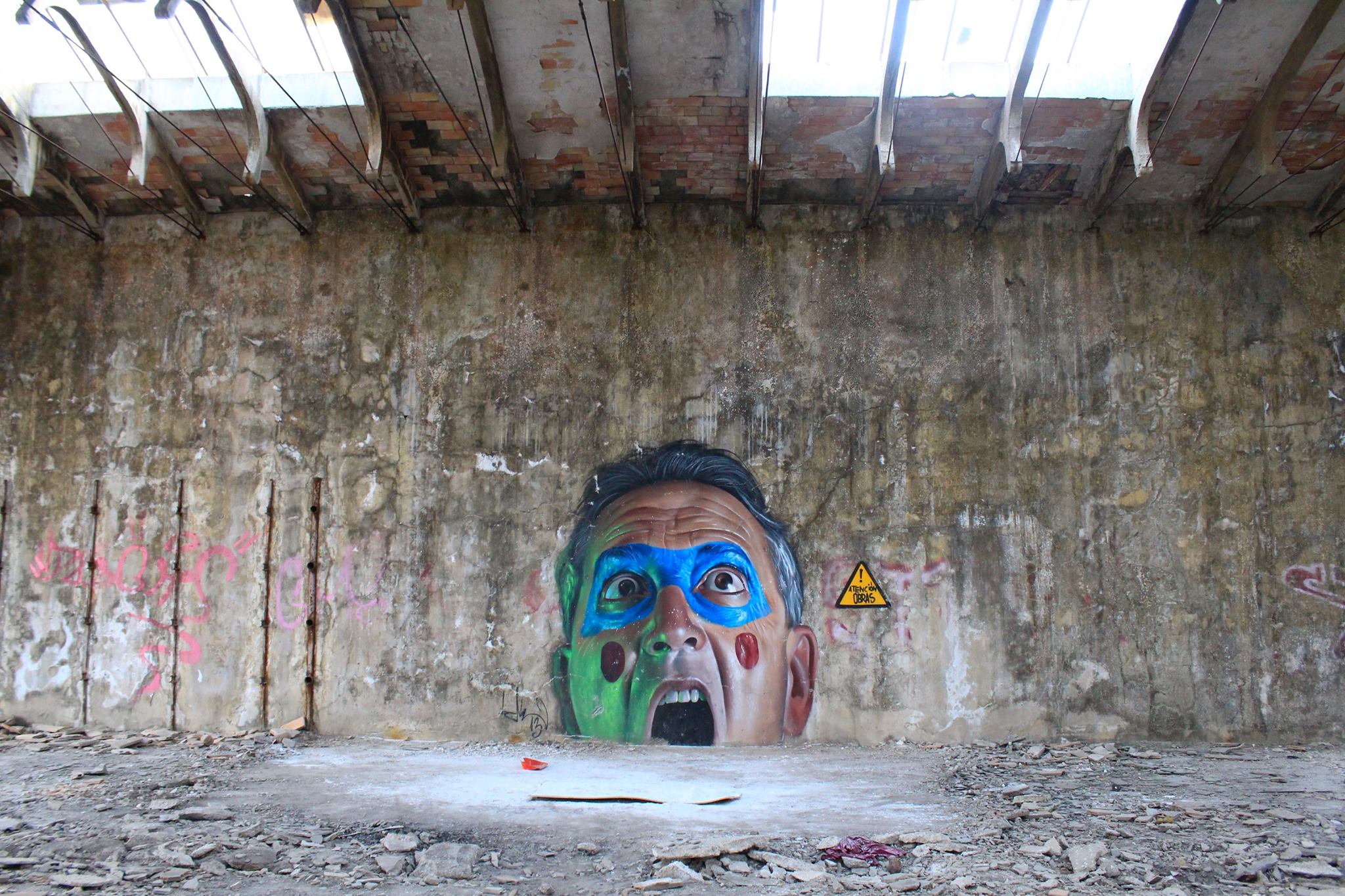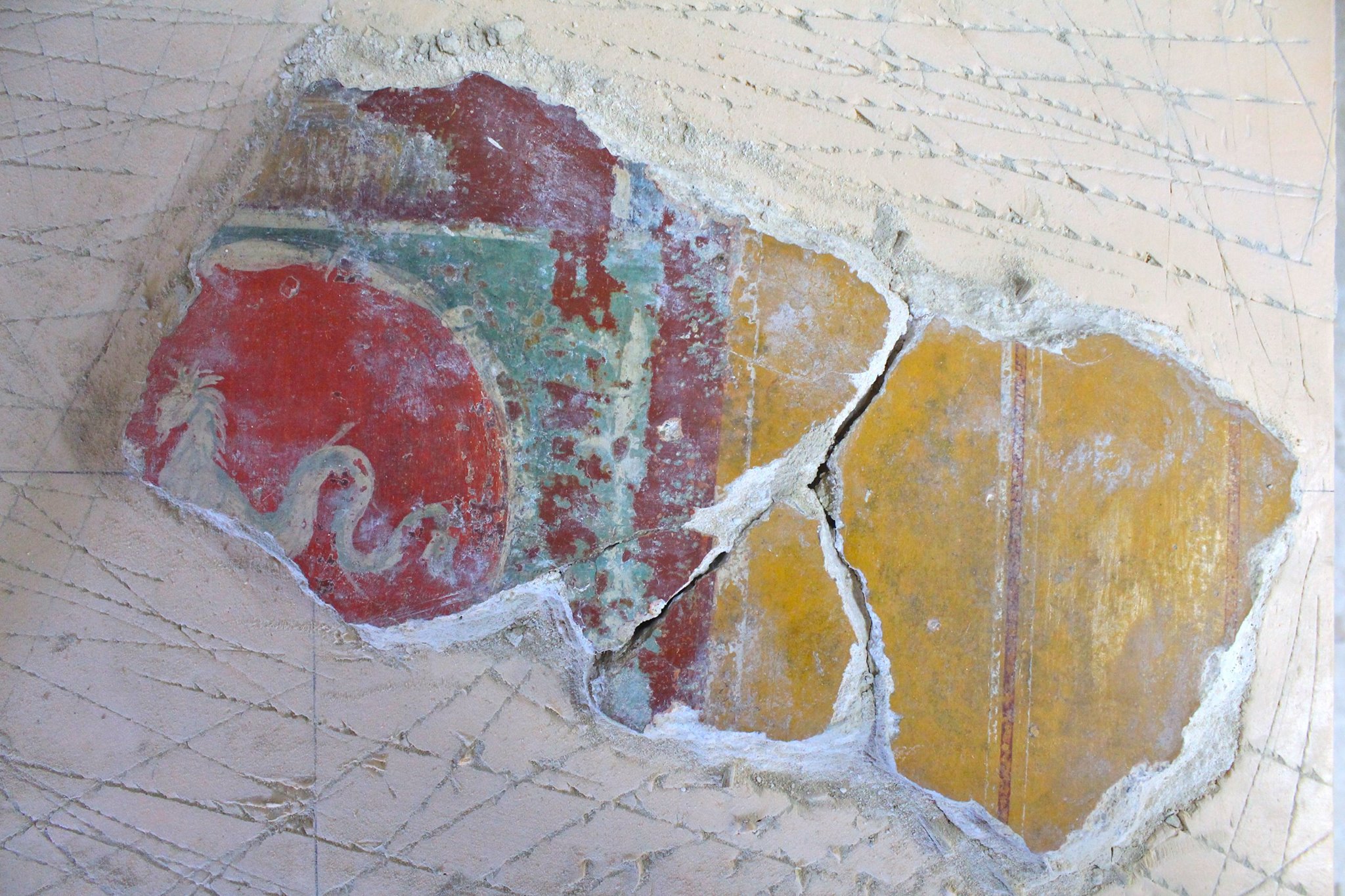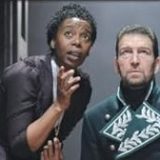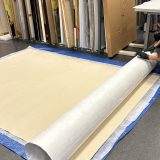
Summer in Cástulo
August 18, 2015
By Ellen Webre, senior screenwriting major

The sun rises over the hills onto where a fortress lies buried. Walls emerge from a blanket of thistles, and the scent of olive trees fill the air. Cástulo was once an Iberian city in Andalusian Spain that controlled the Guadalquivir river and its trade. The city possessed the wealth that allowed princess Himilce to give her husband, the Carthaginian military commander Hannibal Barca, 300 pounds of silver a day for his campaigns in the second Punic War. Cástulo would (wisely) later come to make pact with the Romans, becoming their ally and betraying Carthage. The fortress is now a upcoming archaeological site in rural Jaén, nearby a small town called Linares. Now, I am not an art, history, or art history student, and before I heard of this project run by Justin Walsh I had never met him. It was chance discovery at the professor research fair, and I am so glad I found it.
All my life I’ve had the good fortune to be able to visit other countries, but this was my first time living abroad without my family. I was one of a team of five Chapman students, and all of them were strangers to me before they became friends. Almost immediately upon arrival we were immersed in the work that would fill up our summer. Pick axes were handed out to excavate a trench that was covered in Roman pavement except for a carved drain covered in roof tiles. I found a rare piece of slag from glass production on the first day sifting. The discovered material would soon be followed up by pottery, bones, metal and the occasional pieces of glass that had rested underground for around 2,000 years, give or take. It was dirty work, more so than any of us had actually expected, as dust tends to fly upwards in the wind, but soon enough the daily coatings of dirt became a part of life. We developed an eye for spotting artifacts in the soil, learned how to use trowels, shovels, and broom brushes inside the trenches. This job took me out of my comfort zone, showing me capabilities I didn’t know I had, including the strength to uproot stone walls with a pick nearly my size, and the endurance to survive being baked by the hot sun for two months.
Learning about archaeology is splendid, but the best part is getting to know other people. A new country presents a whole world of characters formed by different experiences. Linares is three hours from Madrid, and not a place foreigners would usually visit. It had once been a industrial town, where lead was mined for weapons, and generations of men lost their lives to injury and blood poisoning. These mines have since been abandoned to the hands of graffiti artists, and now olive trees stretch out as far as the eye can see. Most of the locals only spoke Spanish, so Professor Walsh, Clarissa, Dani, Kelsey, Kira, and I stood out as English-speaking Americans. Nevertheless, everyone we met was extremely sweet and were all excited to hear that we were working on Cástulo. Two television crews filmed and interviewed us at the dig site. Our team consisted of hired archaeologists (and their dogs), men for digging, local volunteers, and two batches of students from all over Spain. I learned bits and pieces about things like European larping, Spanish politics and economics, regional accents, how to make frisuelos, and how to sing and dance to the popular party song:
“Vamos _______ sal a bailar que tú lo haces fenomenal, tu cuerpo se mueve como una palmera, suave suave su su suave.”
The camaraderie among the experienced archaeologists was delightful, and this companionship carried over into the museum environment,

among the conservators. I sorted pottery by origin, and performed restoration on ceramic vessels, Roman coins. I helped carve out foam settings for pieces of a Neptune mural and edited Spanish-to-English translations for a presentation. These are all things I never imagined I would do during college, but I did, and it reminded me that there are so many possibilities that exist in a life outside of what you expect. When I first came to Spain I was riding the waves of a broken heart, but there is no better therapy than filling yourself up with achieving something new. I am so grateful that I had the chance to heal by immersing myself in history while becoming friends with dozens of wonderful people across the world. I think that the most amazing thing about assisting in this archaeology project was the realization that everything we found, every building structure and piece of pottery, was made by someone. I will never know who they were, their personality or what they loved most, but they were where I have been, and they were alive. They were alive and I have held the proof.

